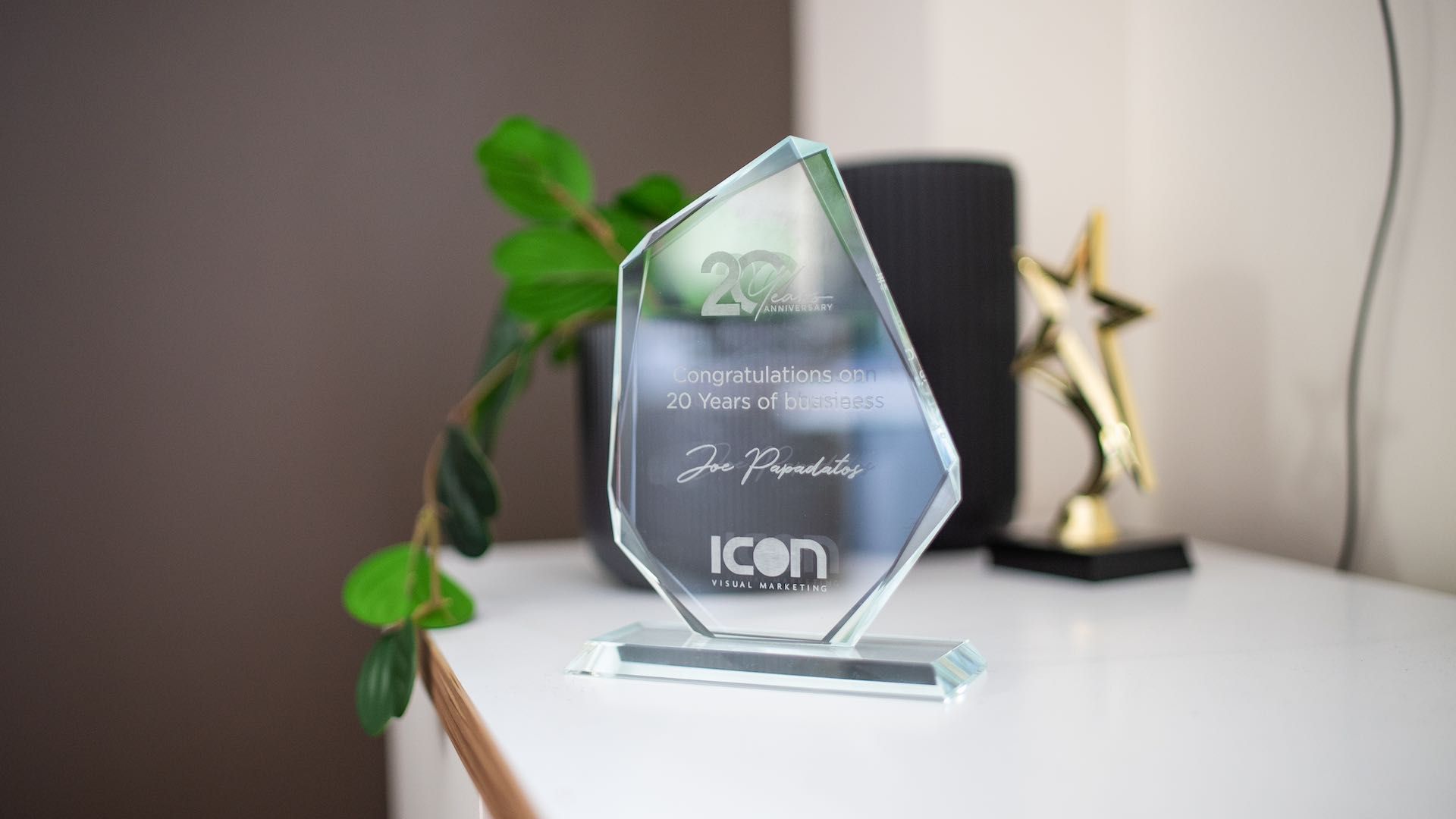The role of the blog has changed. But to what?
web
Blogs are one of the oldest forms of content distribution on the internet. In fact, they have been around for over 20 years in some form or another.
It’s generally recognized that the first blog was Links.net, created by Justin Hall, while he was a Swarthmore College student in 1994. Of course, at that time they weren’t called blogs, and he just referred to it as his personal homepage. [1]
A few years later the term ‘weblog’ was coined and from there shortened to ‘blog’, naturally. At the time blogs were used as a way for people to express themselves by writing stories, theories and expressing their opinions with a more global audience.
During the early years of blogging only a few platforms cropped up, of which the most well-known was LiveJournal. Several years later LiveJournal became Blogger, and is largely responsible for bringing blogging to the mainstream.
One of the biggest growths for blogging was in early in the 2000’s. In 1999, according to a list compiled by Jesse James Garrett, there were 23 blogs on the internet. By the middle of 2006, there were 50 million blogs according to Technorati‘s State of the Blogosphere report. [2]
Yet the turning point for blogging was during the US 2002 Senate Race between Senate Majority Leader Trent Lott and Senator Strom Thurmond. While Lott praised Thurmond, he did state that Thurmond would have been better off if he had been elected president back in 1948, which was a comment on Thurmond’s strong support of racial segregation. But it wasn’t the mainstream media that picked-up and reported on the comments, it was the political bloggers who lead the charge on breaking that story. As in-depth blogs were starting to become bigger during this time, this really made the mainstream sit-up and take notice.
As blogs started to become more popular, and their information more relevant, it was only a matter a time before businesses could see the potential of having their own blog.
However, when Search Engine Optimisation became air-important to businesses and keywords were the buzzwords, blogs went from being in-depth topics to SEO fodder. Blocks of copy with keywords sewn through them so often they became almost unreadable. However, over time Google’s SEO spiders were put through some major changes when they realised that much of the content they were ranking, was basically gibberish and added nothing new to the conversations already on the internet.
As with any type of business, Google looked at what was happening and made the appropriate changes to redirect where it wanted things to head, and that is towards better quality content.
Welcome to the Panda Update.
Google’s Panda Update is a search filter introduced in February 2011 meant to stop sites with poor quality content from working their way into Google’s top search results. Panda is updated from time-to-time. When this happens, sites previously hit may escape, if they’ve made the right changes. Panda may also catch sites that escaped before. A refresh also means “false positives” might get released. [3]
It was only a matter of time before the full effect of the Panda update was felt, and sites that once ranked on the first page were lost. Marketers and communications managers started to take notice and content quality started to lift. For their efforts, the pages started to rank on the front page again.
While many companies still don’t see blogs as anything other than an exercise in SEO, and how long they can try and fool the spiders with sub-par articles. Yet on the other end of the spectrum, some businesses see blogs as a great way to help build their brand. They are using blogs to write content that appeals to their audience, while establishing their brand as an industry thought leader.
Personally, I believe blogs serve a better purpose as a way for a business to establish themselves as an authority figure within their industry, as well as somewhat of a mentor through the advice and information they distribute through their blogs.
Yet, there is more to information sharing than just writing blogs. Trends have shown that images and video are proving to be quite impactful with audiences, especially when spread through social channels.
Yet blogs are an integral part of a business’s marketing plan. They can be planned anywhere from one year in advance, or they can be written on the spot and distributed within hours, where as some other mediums require far more preparation and planning in order execute their ideas. Another important factor they play within the marketing plan is being able to direct the creation of other content. If planned far enough in advance, there may be enough time to create a video based on the blog, or inspire an alternative perspective that can be covered in a video or photoshoot.
Icon Visual Marketing’s team of knowledgeable marketers will be able to help you establish your content direction, while our talented creative team, consisting of writers, graphic designers and videographers, create content that will represent the essence of your company.
KEEP IN TOUCH















